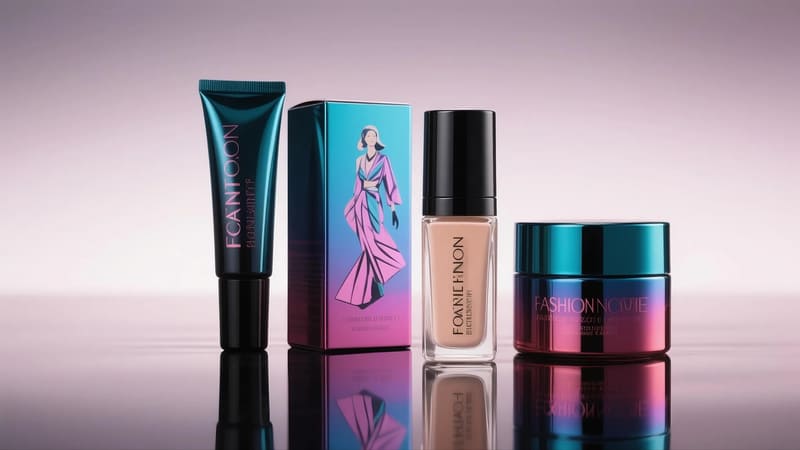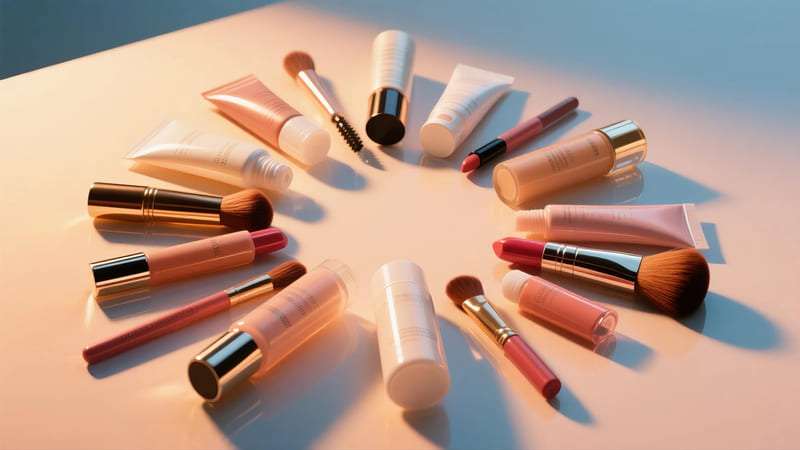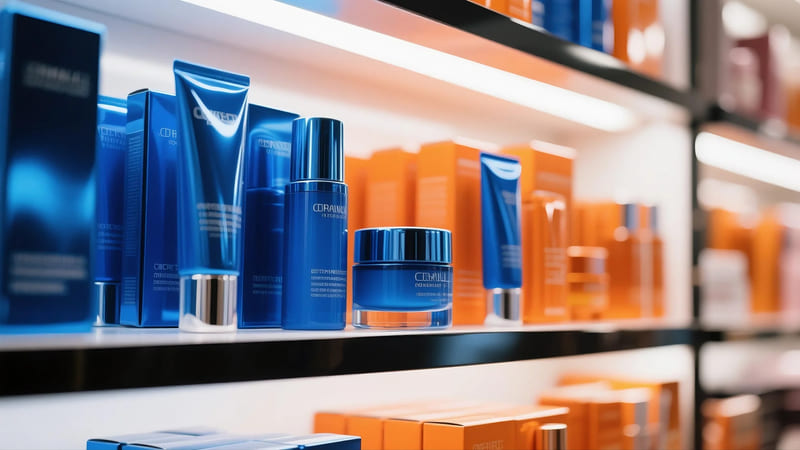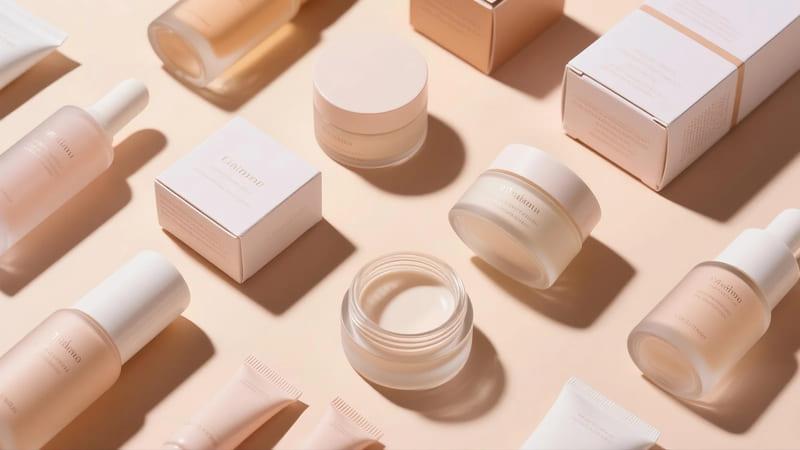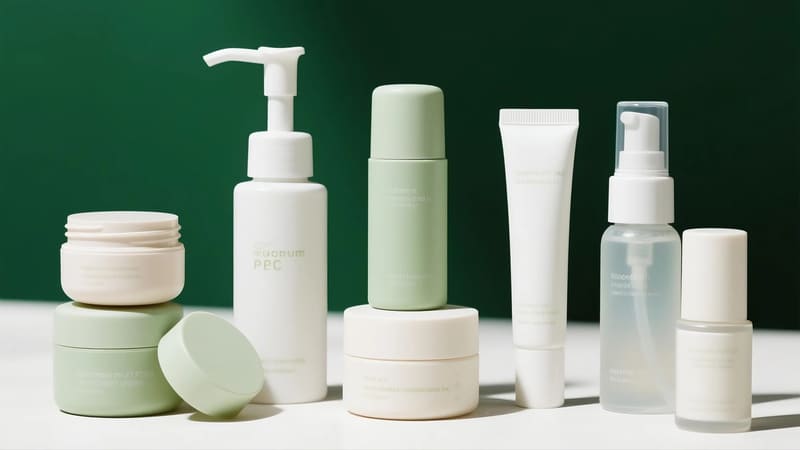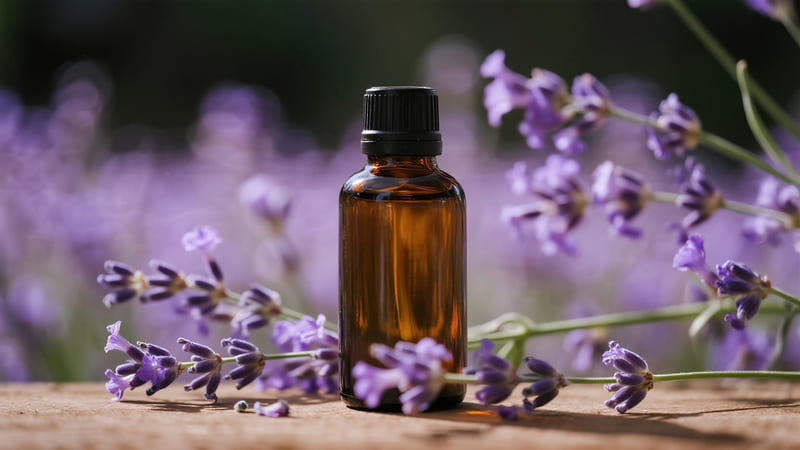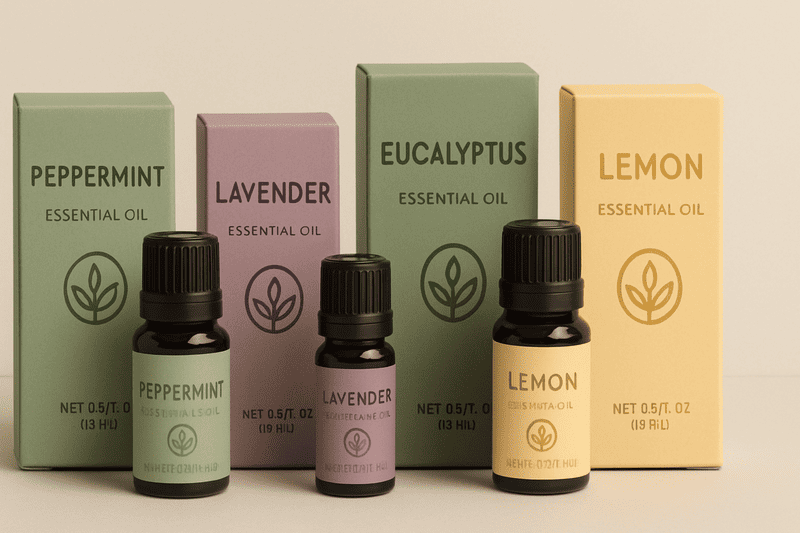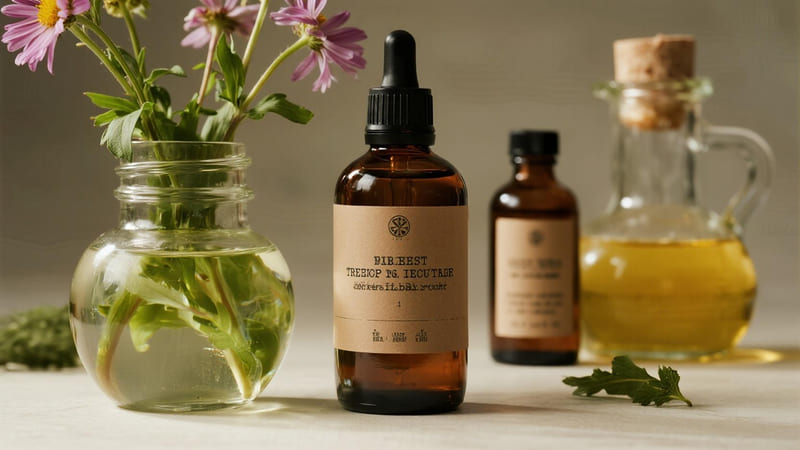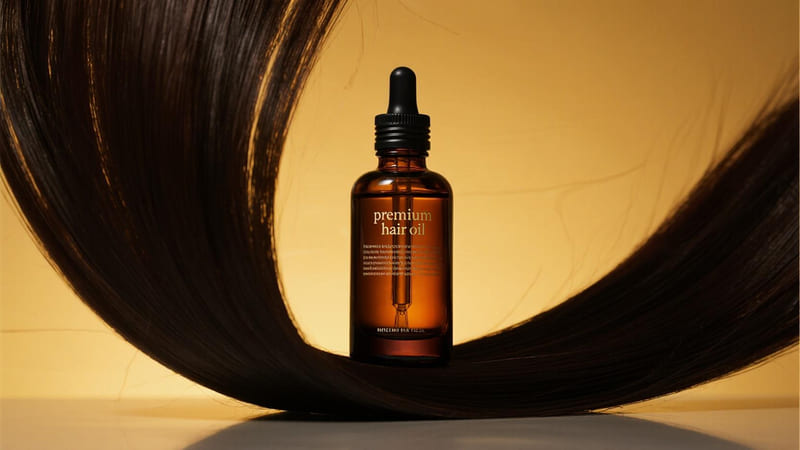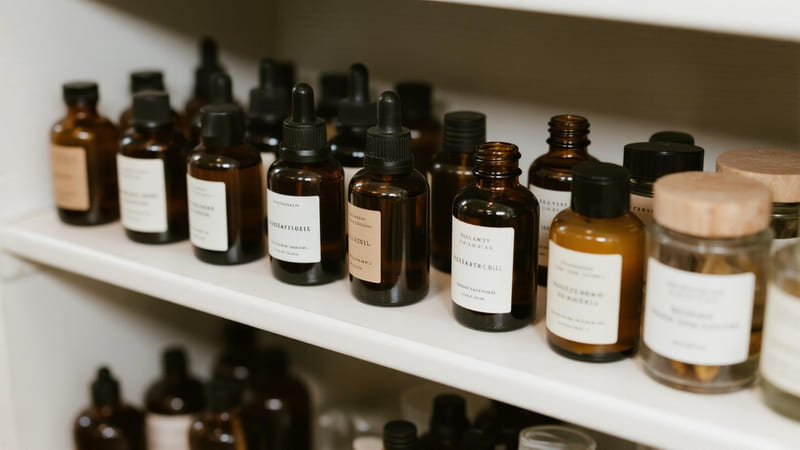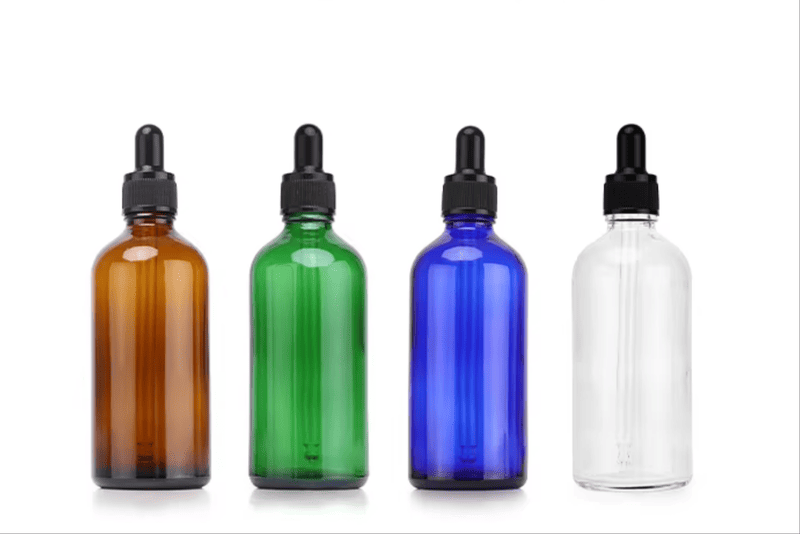Cosmetic packaging does more than just hold a product; it’s a powerful tool that blends practicality with the allure of fashion. It protects, informs, and seduces, much like a well-designed garment.
Cosmetic packaging’s functions include product protection, containment, and information dissemination (practical functions), as well as brand communication, aesthetic appeal, and trend reflection (fashion functions), ultimately influencing consumer perception and purchasing decisions.
The connection between cosmetic packaging and fashion is deep and multifaceted. Both industries rely on visual appeal, trends, and brand identity to captivate consumers. In my 20+ years at ShineTop, creating packaging that resonates with these elements has been key to helping brands succeed. Let’s explore these intertwined functions.
What are the Functions of Cosmetics?
Before diving into packaging, it’s helpful to understand the core purpose of cosmetics themselves. This context shapes how packaging is designed to support and enhance those functions.
The primary functions of cosmetics are to cleanse, beautify, promote attractiveness, or alter the appearance of the human body without affecting its structure or functions. They can also provide skincare benefits like moisturizing, protecting, or treating specific concerns.
Cosmetics serve a range of purposes, from basic hygiene to elaborate self-expression. These functions directly influence packaging needs.
Key Functions of Cosmetic Products:
-
Cleansing:
- Purpose: To remove dirt, oil, makeup, and impurities from the skin, hair, or teeth.
- Examples: Soaps, facial cleansers, shampoos, toothpaste.
- Packaging Implication: Needs to be easy to dispense, often in larger volumes, and protect the cleansing agents.
-
Beautifying/Enhancing Appearance:
- Purpose: To enhance or alter physical features, add color, create illusions (e.g., contouring), or improve overall aesthetic appeal.
- Examples: Makeup (lipstick, eyeshadow, foundation, mascara), hair dyes, nail polish.
- Packaging Implication: Often focuses heavily on aesthetics, color representation (e.g., clear windows in palettes), and precise application tools (wands, brushes).
-
Promoting Attractiveness:
- Purpose: To make the user feel more confident and appealing. This is often linked to beautification but also includes fragrances.
- Examples: Perfumes, colognes, scented lotions.
- Packaging Implication: Highly aspirational and luxurious packaging is common, especially for fragrances, to evoke desire.
-
Skincare & Protection:
- Purpose: To maintain or improve skin health, moisturize, protect from environmental damage (e.g., UV rays), or address specific concerns (e.g., acne, aging).
- Examples: Moisturizers, sunscreens, serums, anti-aging creams, acne treatments.
- Packaging Implication: Must protect active ingredients, often requiring airless pumps, opaque materials, or specific barrier properties. Functionality and hygiene are key.
-
Altering Appearance (Temporarily):
- Purpose: To change the look of skin or hair temporarily.
- Examples: Self-tanners, temporary hair colors, special effects makeup.
- Packaging Implication: Needs to clearly communicate the transformative effect and provide good application guidance.
The packaging must support these functions by ensuring the product is delivered effectively, remains stable, and is appealing to the user seeking these benefits.
Why is Packaging Important in the Cosmetic Industry?
In an industry driven by image, desire, and personal choice, packaging is far more than a mere container. It’s a critical component of the product itself and the brand’s success.
Packaging is critically important in the cosmetic industry because it serves as the first point of physical contact with the consumer, communicates brand identity and product benefits, ensures product safety and integrity, influences purchasing decisions, and enhances the overall user experience.
Packaging in cosmetics plays a multifaceted role that goes far beyond simple containment. It’s a silent salesperson, a brand ambassador, and a guardian of the product.
The Critical Roles of Cosmetic Packaging:
-
First Impression & Attraction:
- On a crowded shelf or webpage, packaging is what initially grabs the consumer’s attention. A visually appealing design can make a product stand out.
- This is where the "fashion" aspect shines – trends in color, shape, and graphics play a huge role.
-
Brand Communication & Identity:
- Packaging is a tangible representation of the brand. It conveys the brand’s personality (e.g., luxurious, minimalist, eco-conscious, edgy).
- Consistent branding across a product line builds recognition and trust. Think of Tiffany’s blue box or Chanel’s iconic black and white.
-
Product Information & Consumer Guidance:
- It provides essential information: product name, ingredients, usage instructions, net weight, manufacturer details, and any warnings. This helps consumers make informed choices.
-
Protection & Preservation:
- It safeguards the product from physical damage, contamination, and degradation from light, air, or moisture, ensuring its efficacy and shelf life.
-
Influencing Purchase Decisions:
- Attractive, high-quality packaging can create a perception of higher product quality and justify a premium price. It can trigger an emotional response and desire.
- Mohammed, my client from Iraq, understands this well. He invests in premium packaging for his custom gift sets because he knows it directly impacts his customer’s ability to market and sell the products effectively.
-
Enhancing User Experience:
- Well-designed packaging is easy and pleasant to use. Functional dispensers, satisfying clicks, and tactile materials all contribute to a positive experience.
-
Differentiation:
- Unique packaging can set a product apart from competitors, creating a memorable impression.
The cosmetic industry is highly aspirational. Packaging helps create that aspiration and deliver on the promise of beauty and self-care.
What is Mean by Cosmetic Packaging?
The term "cosmetic packaging" encompasses a wide range of components and considerations. It’s a specialized field within the broader packaging industry.
Cosmetic packaging refers to the combination of primary containers (that directly touch the cosmetic product), secondary packaging (the outer box or wrap), and any related components (labels, inserts, applicators) designed to contain, protect, identify, promote, and facilitate the use of cosmetic products.
Cosmetic packaging is a carefully orchestrated system of components designed to deliver a product safely and effectively while also building brand appeal.
Components and Aspects of Cosmetic Packaging:
-
Primary Packaging:
- The container in direct contact with the cosmetic product.
- Examples: Bottles, jars, tubes, compacts, lipstick bullets, mascara wands, vials, ampoules.
- Key Concerns: Material compatibility with the formula, barrier properties, dispensing mechanism.
-
Secondary Packaging:
- The outer packaging that houses the primary container(s).
- Examples: Folding cartons (boxes), rigid set-up boxes, sleeves, blister packs (sometimes).
- Key Concerns: Brand messaging, visual appeal, protection of the primary pack, space for regulatory information.
-
Tertiary Packaging:
- Bulk packaging used for shipping and handling (e.g., master cartons, pallets).
- Key Concerns: Protection during transit, efficient storage.
-
Labels & Inserts:
- Provide crucial information: brand name, product name, ingredients, usage instructions, warnings, batch codes, barcodes, country of origin.
- Inserts can provide more detailed information or tell a brand story.
-
Applicators & Tools:
- Integrated or separate tools for product application.
- Examples: Brushes, sponges, spatulas, doe-foot applicators, rollerballs.
-
Design & Aesthetics (The "Fashion" Element):
- Visuals: Color, graphics, imagery, typography.
- Form: Shape, size, structure of the containers.
- Materials & Finishes: Glass, plastic, metal, paper; matte, gloss, metallic, soft-touch, embossing, foil stamping.
-
Functionality:
- Ease of opening, closing, dispensing.
- Portability, durability.
As a one-stop solution provider at ShineTop, we handle all these aspects, from initial design conception of custom packaging to the production of both primary and secondary components, ensuring they work harmoniously.
What is the Most Sustainable Packaging for Cosmetics?
Sustainability is a dominant trend in both the fashion and cosmetic industries. Consumers are increasingly demanding eco-friendly options, pushing brands and suppliers to innovate.
The "most" sustainable packaging for cosmetics involves a multi-pronged approach: prioritizing refillable/reusable systems, using mono-materials with high recycled content (PCR plastic, recycled glass/aluminum) that are easily recyclable, or certified compostable options for specific uses. Minimizing overall material (lightweighting) and designing for circularity are also crucial.
Achieving optimal sustainability in cosmetic packaging is an ongoing journey, focusing on reducing environmental impact throughout the packaging lifecycle.
Key Strategies for Sustainable Cosmetic Packaging:
-
The "R" Hierarchy (Reduce, Reuse, Recycle):
- Reduce: Lightweighting (using less material), minimalist design, eliminating unnecessary secondary packaging, offering concentrated formulas requiring smaller packs.
- Reuse: Designing durable primary packaging intended for multiple uses via Refillable Systems. This is often considered one of the most impactful strategies. Examples include refillable lipstick cases, skincare jars with replaceable pods, or in-store refilling stations.
- Recycle:
- High Recycled Content: Using Post-Consumer Recycled (PCR) plastics, recycled glass, or recycled aluminum reduces reliance on virgin resources.
- Design for Recyclability: Opting for mono-materials (e.g., an all-PET bottle and cap), easily separable components, and materials widely accepted in recycling streams. Avoiding problematic elements like dark/black plastics, certain labels, or mixed-material closures that hinder recycling.
-
Bio-based and Compostable Materials:
- Bio-plastics: Plastics derived from renewable resources like cornstarch or sugarcane.
- Compostable Packaging: Designed to break down under specific composting conditions (industrial or home). Best suited for products where the residue is also compostable.
- Important Note: "Biodegradable" without certification can be misleading. True compostability requires specific conditions and infrastructure.
-
Material Innovation:
- Exploring novel materials like molded pulp, mushroom-based packaging, or ocean-waste plastics.
-
Supply Chain Transparency & Ethical Sourcing:
- Ensuring paper products are from responsibly managed forests (e.g., FSC-certified).
- Understanding the carbon footprint of material production and transport.
Anna, my client in Thailand, is deeply committed to sustainability. We’ve worked with her to incorporate PCR PET bottles and jars into her line, and she’s exploring refillable options for her best-selling creams. This aligns her packaging directly with her brand’s natural and eco-conscious ethos, which is a fashion statement in itself today.
Conclusion
Cosmetic packaging serves vital practical functions like protection and information, but it also mirrors fashion by embracing trends, communicating brand identity, and creating desire. The most effective packaging harmonizes these roles, while the most sustainable options strive to minimize environmental impact through thoughtful design and material choices.

